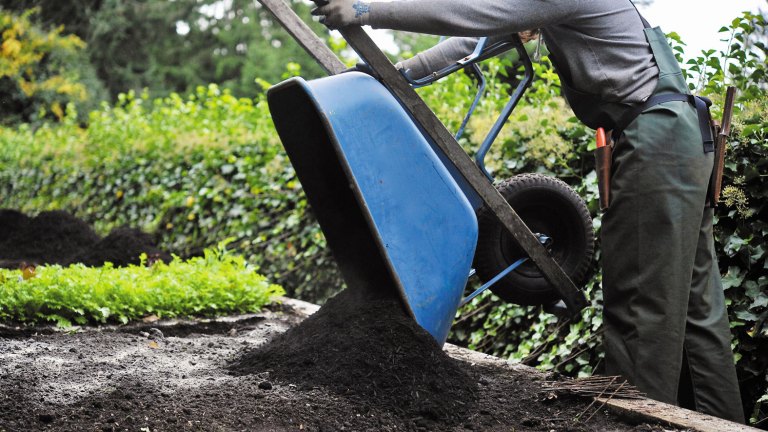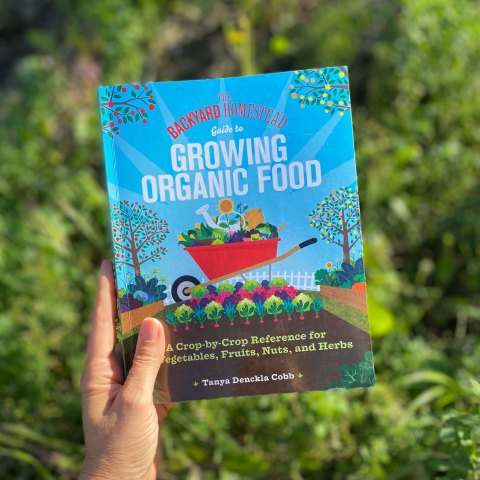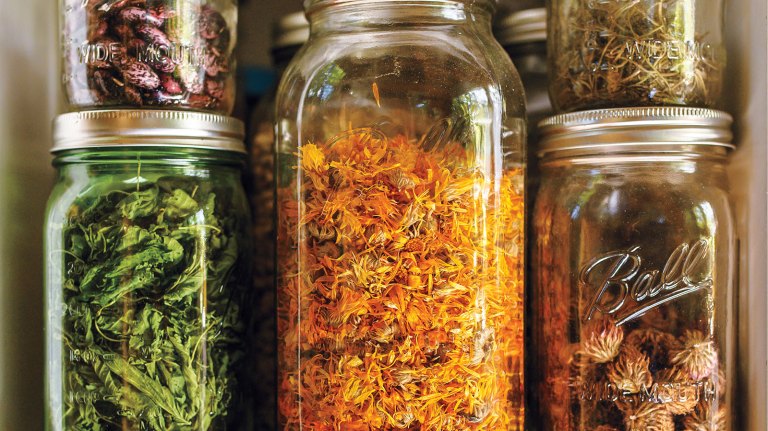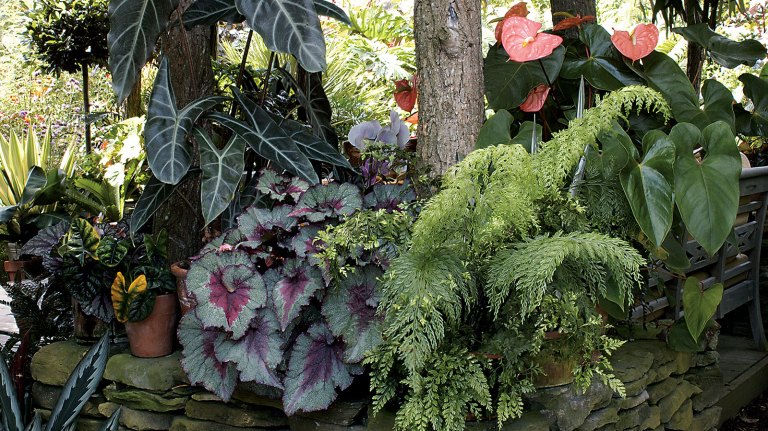A Gentle Plea for Pathways
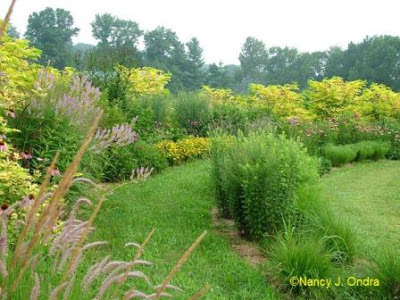
Whether you’re obsessed with gardening or have just a few flower beds in your yard, your goal is probably the same: to make your home a prettier place to live. So when you plan a new bed or border, you’re thinking about colors and fragrance, heights and forms, and flowers and foliage: the more, the better. Design experts spur us on with advice to make our borders longer and wider — skip those narrow strips and plan plantings that are 8, 12, 15, or more feet deep, the better to fit in a wider range of plants. Thinking big is all part of the fun and excitement of starting a new garden. But when it comes time to actually take care of it, you may realize why some folks like to quote the old saying, “Praise large gardens; plant small ones.” Now, I’m the last person to discourage anyone from making the garden of his or her dreams. I’ve started plenty of beds and borders of my own in the last twenty-plus years, and over time they seem to be getting larger and larger (like the pair of curved beds shown above and the naturalistic border below). I’m not into making more and more work for myself, though. Part of my secret for making lower-maintenance gardens is depending on fuss-free plants, such as plenty of ornamental grasses. Another labor-saving secret is planning ahead for easy access, by considering the size of the area carefully before I start and, if necessary, incorporating pathways right into the plantings.
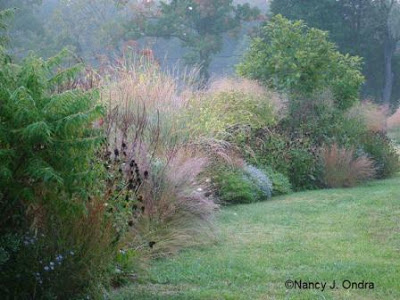
As a general rule of thumb, the maximum width for a border that you can access from only one side is around 3 feet. And for a bed or border that you can access from both sides, a width of 6 feet is usually about right. You’ll probably still have to step into the area at planting time, but after that you should be able to stand or kneel on the edge and reach even the plants at the back or in the middle without stretching too much. If you go much wider than that, you’ll often have to step into the garden itself, and over time that can cause soil compaction and interfere with healthy root growth. It’s also tougher to get mulch spread evenly by flinging it in just from the edge, and weeding becomes a big hassle. Trying to balance on one foot while leaning in to cut back lanky stems or trim off dead flowers can lead to strained muscles or (even more serious, from a gardener’s perspective) damaged plants if you fall over or drop your tools. A much easier approach is to create some easy way to get to all the plants while still staying relatively upright yourself. A mulched strip even 1 foot wide between a narrow border and the wall or fence behind it (as shown in my foundation border in early June last year, below left) can be a big help; 18 to 24 inches wide is even better. Before you know it, the plants at the back will have grown tall enough that the access path will barely be visible (as evidenced in a view of the same border barely four weeks later, below right), but you’ll still be able to walk there without stepping on the loose soil or on the crowns of your plants.
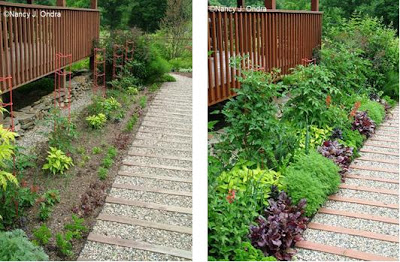
If you’re creating beds or borders wider than 6 feet or so, think seriously about making a path 18 to 36 inches wide through the planting area as part of the design. (Remember to add an access path along the back of the border, as well.) If you keep the path on the narrower side and simply mulch it, you’ll hardly see it, but you’ll know it’s there when you need it. A wider path encourages strolling within the planting, allowing you and your visitors to get up close and personal with the plants for enjoyment as well as maintenance. Below is a shot of the same planting pictured at the top of this entry taken from a different angle, showing that the 3-foot-wide path isn’t even visible from outside the garden. (I should mention that I don’t recommend grass paths throughout plantings, because they then add maintenance time in the form of mowing and edging. Trust me on this, and don’t make the same mistake I did! Mulch or paving will be much less work in the long run.)
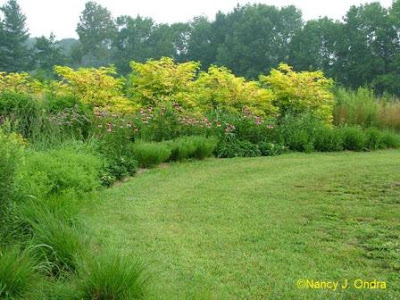
All this planning advice is well and good if you’re starting a garden from scratch, but what if you already have a planting that’s too big to maintain easily? Well, as you divide the perennials, think about replanting them in slightly different positions or maybe leaving a few of them out altogether, to make some access room for yourself. And if a plant dies, consider adding a sturdy stepping stone there instead of replanting. Then remind yourself that next time you’re going to leave enough room for both your plants and you! — Nancy J. Ondra Nancy J. Ondra is a freelance garden writer and editor who owned and operated a small rare-plant nursery for six years. She is the author or coauthor of a dozen gardening books, including Foliage: Astonishing Color and Texture Beyond Flowers, which won the 2008 Book Award from the American Horticultural Society); The Perennial Gardener’s Design Primer (winner of a 2006 Silver Award from the Garden Writers Association); and Grasses: Versatile Partners for Uncommon Garden Design. She currently gardens on her own four acres in Bucks County, Pennsylvania; works as a horticulturist at Linden Hill Gardens in Ottsville, Pennsylvania; and contributes to two garden blogs: hayefieldhouse.com and www.gardeninggonewild.com.

